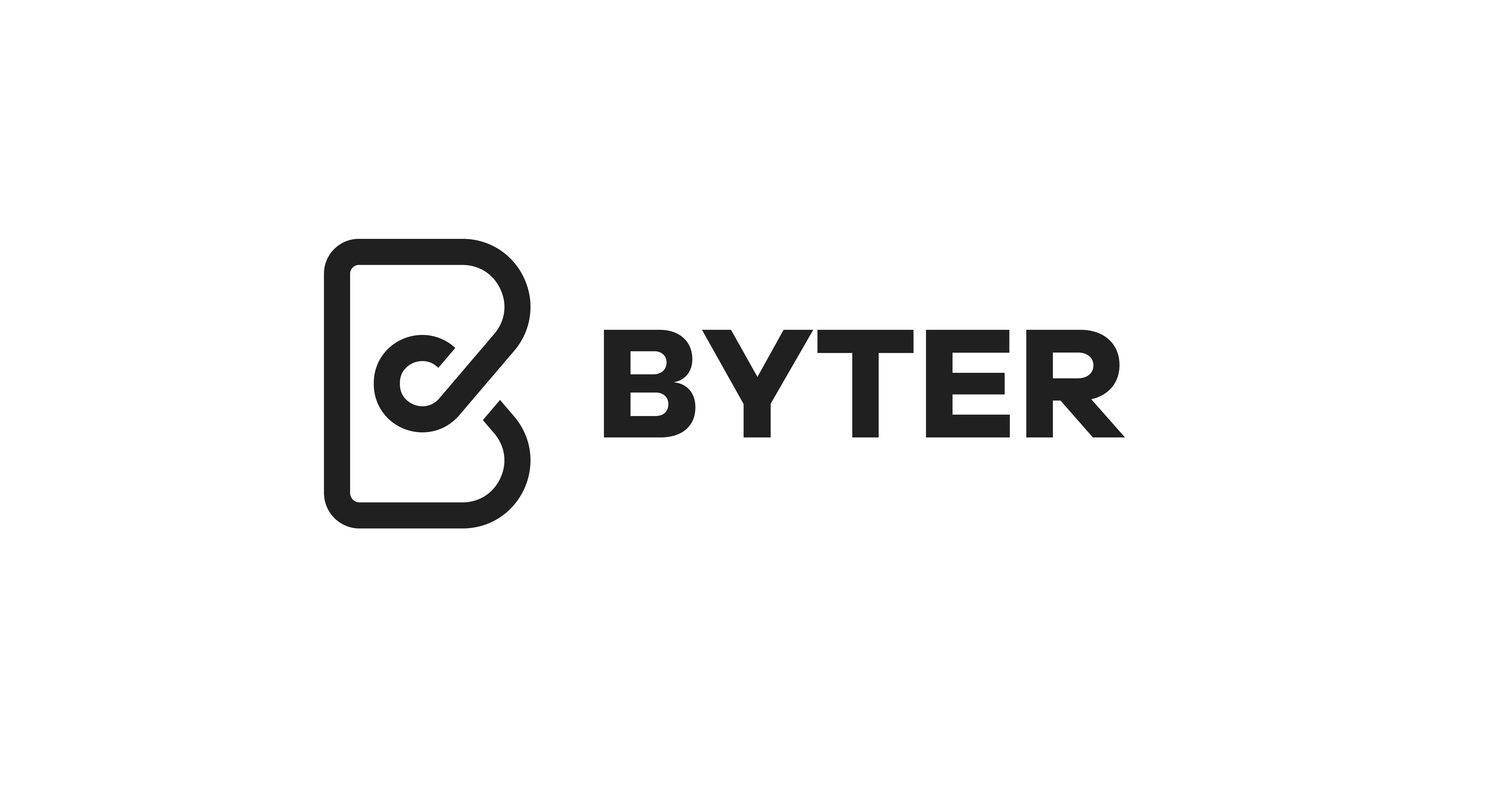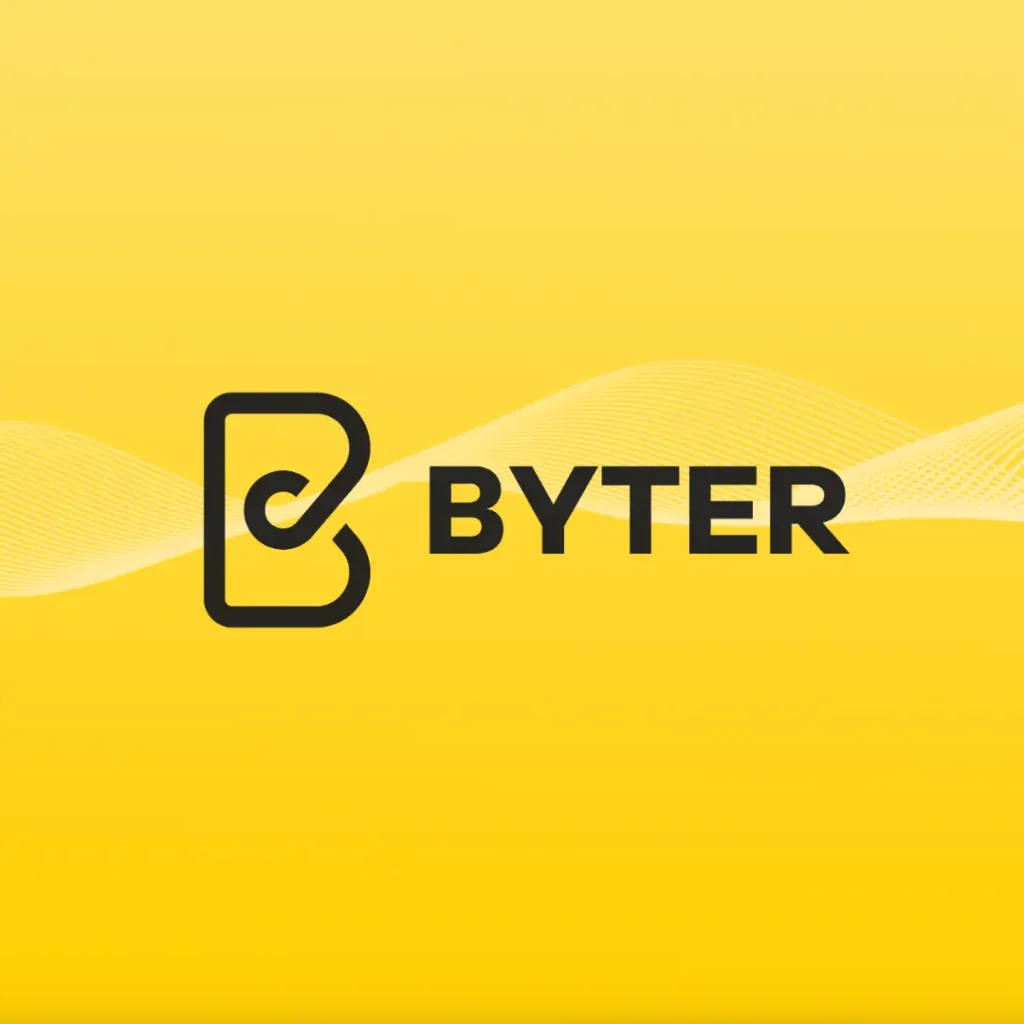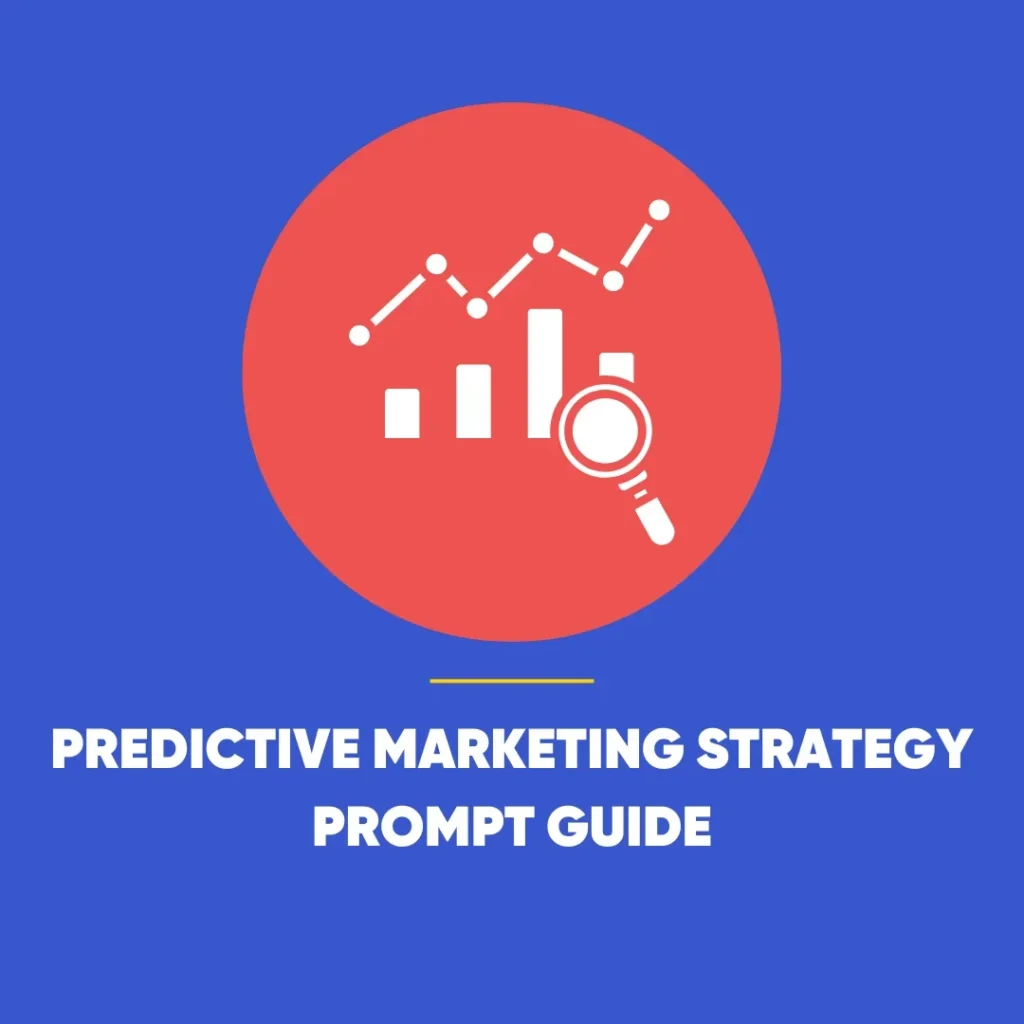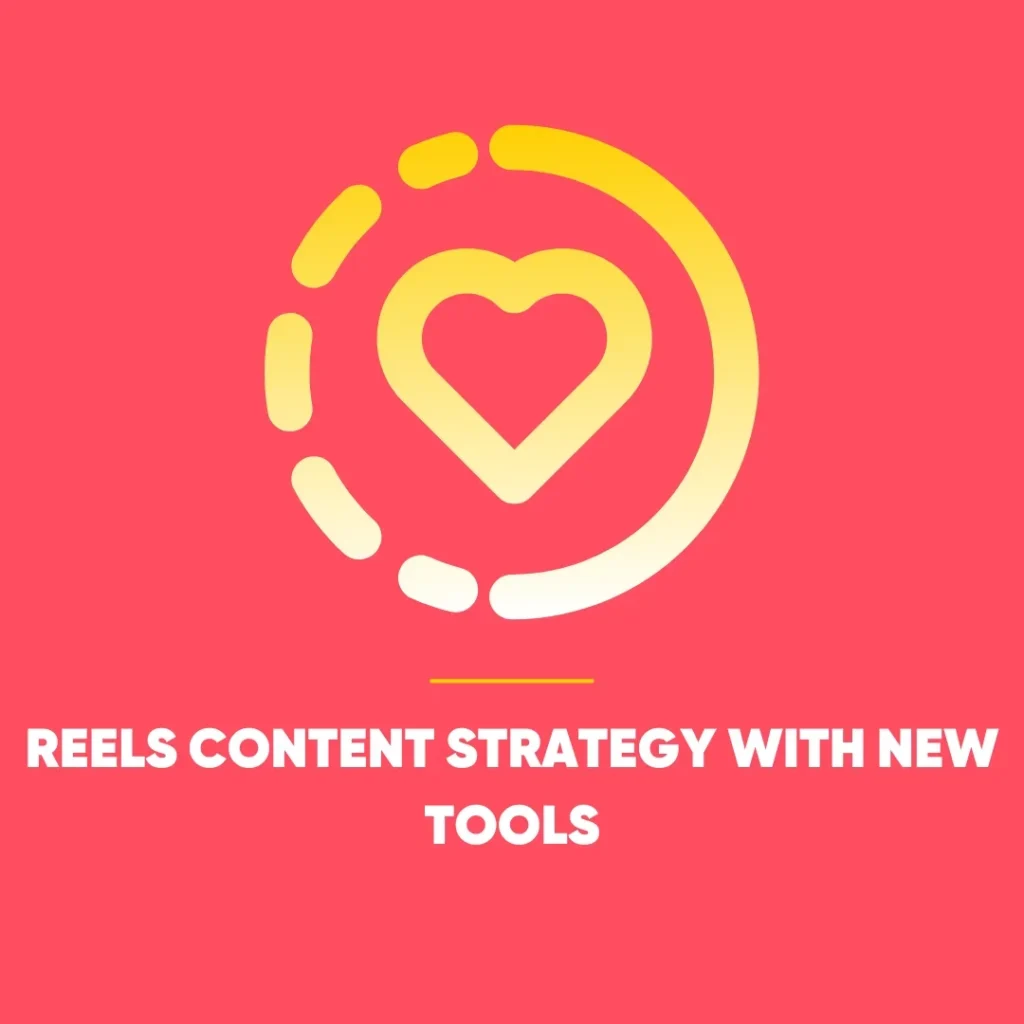YouTube Algorithm Guide: 7 Tactics to Amplify Your Channel
YouTube is a treasure trove of content, and this YouTube algorithm guide helps you navigate billions of videos with ease. Whatever your interests, it’s likely there’s a thriving community, an endless playlist, and, crucially, a personalised set of recommendations waiting for you.
But have you ever wondered how YouTube always seems to know what you’ll fancy watching next? Why do some videos go viral in a flash while others slowly find their crowd? In 2025, understanding YouTube’s inner workings is more essential than ever for creators who want to be seen.
This guide peels back the curtain on the YouTube algorithm, explores how different discovery pathways work, and concludes with seven actionable strategies to help you build a flourishing channel.
What Exactly Is the YouTube Algorithm?
 The YouTube algorithm is essentially a sophisticated decision-making system. Its role is to determine which videos should be served up to each user at any given moment. Think of it as the unseen force behind your homepage, suggested videos, search results, and the ever-popular Shorts feed.
The YouTube algorithm is essentially a sophisticated decision-making system. Its role is to determine which videos should be served up to each user at any given moment. Think of it as the unseen force behind your homepage, suggested videos, search results, and the ever-popular Shorts feed.
At its core, the algorithm’s job is to predict what will keep viewers watching and returning. It draws from a variety of signals: your viewing history, likes and dislikes, time spent on each video, and direct feedback – such as marking a channel as “not interested.”
Interestingly, YouTube isn’t governed by a single algorithm. Different segments of the platform – be it the homepage, suggested videos, Shorts, search, or trending – have their own dedicated algorithms, each employing a unique cocktail of factors to decide which videos should be highlighted.
How the Algorithm Works Across YouTube
Recommended Content: The Personal Touch
Our YouTube algorithm guide explains how recommended content curates a unique feed for each viewer, rather than simply promoting videos. Every click, skip, like, or share subtly influences future recommendations.
For instance, if a user watches makeup tutorials and racing highlights, the algorithm quickly learns to prioritise these over other types of content. It also considers direct actions, like saving a video to a playlist or hitting “Not interested,” which send clear signals about preferences.
The Homepage: Your Personalised Starting Point
Every time someone opens YouTube, the homepage acts as the launchpad. Here, viewers see a mixture of content – videos from their subscriptions, trending uploads, and recommendations based on their viewing behaviour. The system also factors in how similar viewers interact with the content, creating what could be described as an automated word-of-mouth recommendation.
Suggested Videos: Keeping You Watching
Suggested videos, which appear alongside whatever you’re currently watching, are designed to keep you hooked. The selections are based not just on the current video but also on your overall viewing habits and preferences. With new filter buttons above the suggested videos feed, users can now easily fine-tune what appears next, whether it’s more from the same creator or related topics.
Shorts: The Discovery Feed for Quick Content
Our YouTube algorithm guide reveals how short-form video, especially YouTube Shorts, drives discovery through an endless, engaging content feed. Viewers swipe through a stream of bite-sized videos, with the algorithm paying close attention to average watch time, engagement, and how often users watch versus swipe away. This fast-paced format encourages creators to grab attention in seconds.
Search: Helping Users Find Exactly What They Want
While recommendations make up a substantial portion of YouTube traffic, many viewers still use search to discover new content. Here, YouTube’s system works a bit like a traditional search engine, prioritising videos whose titles, descriptions, and content most closely match the keywords entered. Engagement – such as likes, comments, and watch duration – also plays a part in determining which results rise to the top.
Trending: Capturing the Moment
Trending videos on YouTube aren’t tailored to individual users. Instead, this list highlights content gaining rapid popularity across a particular region, refreshing frequently to reflect what’s currently hot. Factors include view count, growth rate (“temperature”), traffic sources, and video age. Importantly, YouTube has built-in safeguards to exclude inappropriate content from trending.
7 Strategies to Work With (Not Against) the YouTube Algorithm
 Now that you understand the different ways content can be discovered, let’s explore practical tactics to increase your visibility and connect with your audience.
Now that you understand the different ways content can be discovered, let’s explore practical tactics to increase your visibility and connect with your audience.
1. Understand Your Audience Deeply
Our YouTube algorithm guide highlights that true success begins with genuinely understanding your viewers and their unique preferences. Use analytics to pinpoint which videos are sparking high engagement, but also pay close attention to comments – they’re a goldmine for learning what resonates. Ask yourself: What do viewers love about this channel that they can’t get elsewhere?
If you’re new and lack robust data, look to other social platforms or use audience research tools to gauge which topics and formats attract attention.
2. Choose a Clear Niche
On YouTube, consistency is key. Audiences want to know what to expect when they visit your channel. Whether you’re offering in-depth tutorials or comedic skits, carve out a distinct space. The most memorable channels set clear expectations and deliver reliably.
Even in crowded categories, you can stand out by applying a unique angle. For example, you might be the only music creator covering pop hits in classical style, or the chef focusing on vegan versions of British classics.
3. Keep Videos Focused and Relevant
The YouTube algorithm guide explains how the platform’s recommendation system now recognises and adapts to even the most nuanced interests. Avoid cramming too many ideas into a single video; instead, stick to one or two clear topics per upload. This clarity helps YouTube match your content to those who are actively seeking it.
4. Plan the Viewer Journey
Growing your channel isn’t just about securing that first click – it’s about encouraging viewers to stick around. Strategically link related videos, create series and playlists, and use cards or end screens to guide your audience from one video to the next. Channels that foster a “bingeable” experience often see far better retention and growth.
5. Optimise Titles, Descriptions, and Thumbnails
Your title and thumbnail are your video’s first impression. Use clear, keyword-rich titles that accurately reflect the content. The description should offer further detail and include relevant search terms. Thumbnails should be visually appealing and consistent with your brand, making your videos instantly recognisable in a crowded feed.
6. Enhance Viewer Experience
Beyond content, small touches can make your videos more accessible and enjoyable. Add subtitles or closed captions to widen your audience and improve accessibility. For longer videos, use chapters and timestamps so viewers can easily navigate to the sections that interest them most.
7. Embrace Multilingual Options
YouTube is a global platform. Since the introduction of multi-language audio tracks, creators can dub their videos, making them accessible to wider audiences. If dubbing seems daunting, start by adding translated subtitles to reach new demographics. Focusing your efforts on a few key languages can yield better results than spreading yourself too thin.
Why 2025 Is a Great Year to Start (or Grow) on YouTube
Our YouTube algorithm guide shows how new creators can get noticed, even without a huge following, thanks to fair recommendations. If you’re considering starting a channel or ramping up your efforts this year, there’s never been a better time.
By understanding how the algorithm operates – and by focusing on audience satisfaction, clarity, and consistency – anyone can build a successful presence on YouTube. Overall, the journey begins with knowing your viewers, refining your message, and letting YouTube’s algorithms do the rest.









